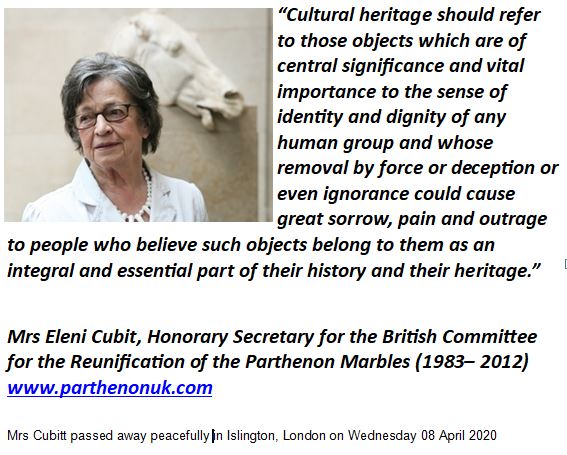Can the British Museum rebrand itself? Historic institution is planning a £150,000 makeover after a string of controversies, writes Chas Newkey-Burden for The Week UK
The British Museum is facing an "omni-crisis" as it launches a £150,000 rebrand project following a series of controversies that have shaken its historical foundations.
"Beset by colonial controversy, difficult finances" and "the discovery of a thief on the inside", the institution is battling to "reframe itself" in the public eye, said The Guardian.
What did the commentators say?
"As the century turned", so did public perception of the British Museum, said The Art Insider. As well as one of the "largest collections of artworks, antiquities and collectibles", the museum also has "one of the largest collections of controversies". To "re-invent itself in a new light" means beginning by "righting the wrongs committed in the past".
In "the years of identity politics", criticism of the museum "coalesces" around the case for repatriating the Benin bronzes, looted by the British from Benin City's royal palace in 1897, and the Parthenon sculptures, the legality of whose removal from Greece by Lord Elgin has been "disputed" for centuries.
It's often claimed that "there'd be nothing left" in the British Museum if it "returned everything" that the UK "allegedly stole from other countries", said Euronews, but the claim is "hyperbolic". In reality, the "vast majority" of the items in the museum originate from the UK.
But the museum's "weak leadership" and failure to properly address the criticism has "done little" to rebut the claim, said The Guardian. Then, in 2023, it emerged that one of the museum’s staff members had allegedly stolen or damaged 2,000 items from the collection, shattering the "assumption" on which its "legitimacy rests" – that it "looks after the objects in its care".
The challenges are part of a wider debate about museums and their evolving role. "Once tranquil places of dusty scholarship", said The Telegraph, they're now "on the front lines" of the culture wars, "grappling with the most modern dilemmas" from "consent and ableism" to "looted artefacts and how to separate the art from the artist".
Read the full article in The Week.
We are all looking forward to a new chapter for the British Museum under the direction of Director Dr Nicholas Cullinan and there is hope for a brighter future. Here's to a museum that embraces the future with moral and ethical values that best represent the twenty first century as it takes on a new vision with regards to cultural co-operation. And for those at BCRPM, here's to the reunification of the Parthenon Marbles as a sign of respect for the Parthenon, which still stands and crowns the ancient and modern city of Athens, Greece.
